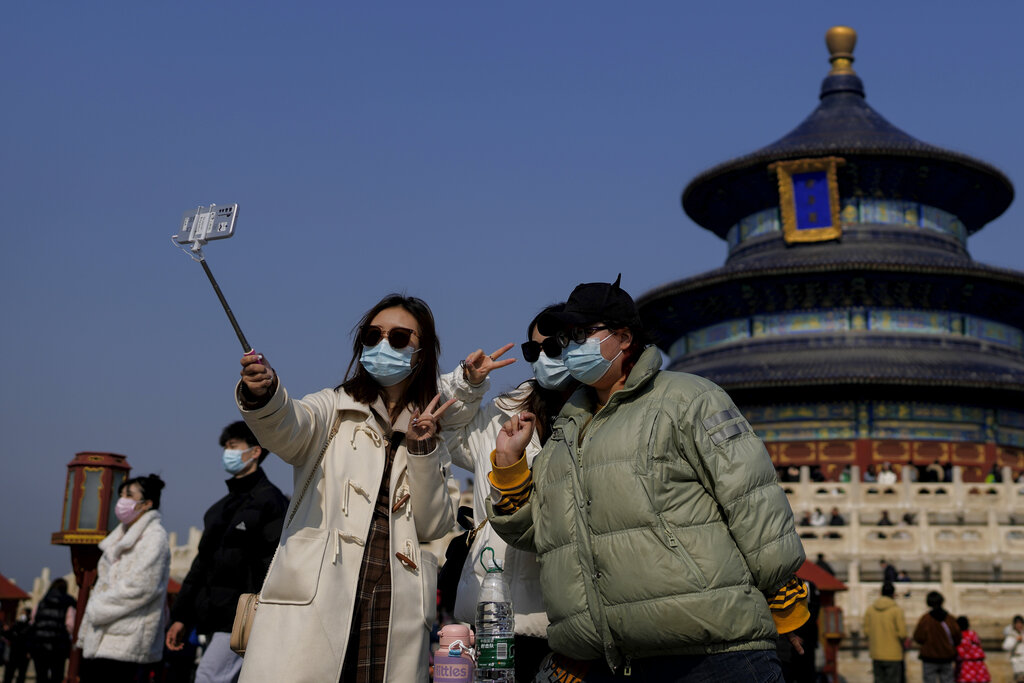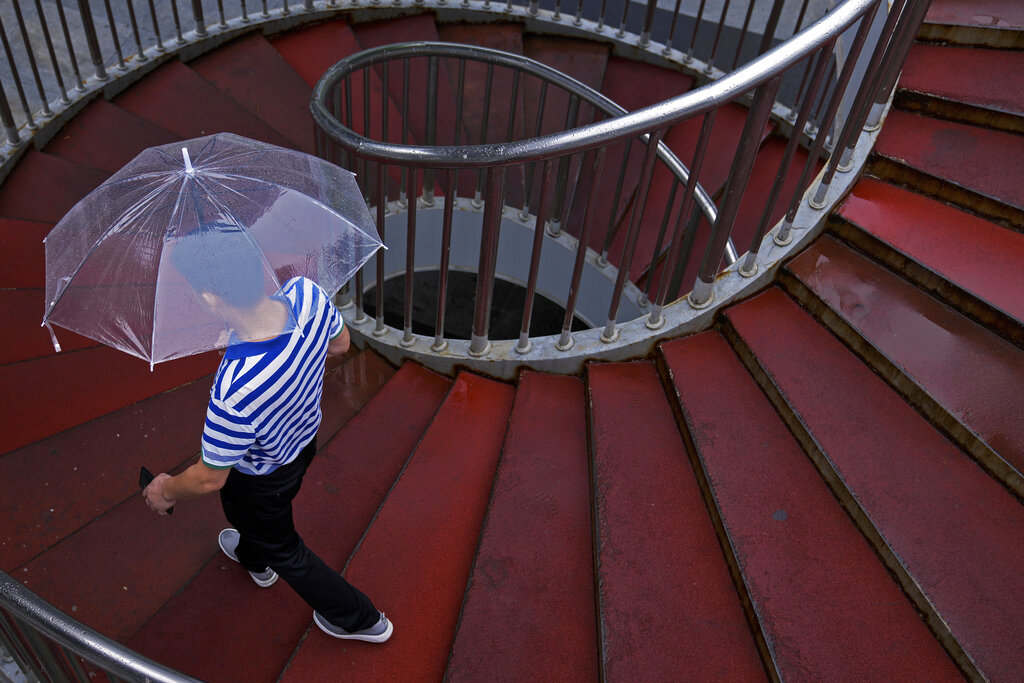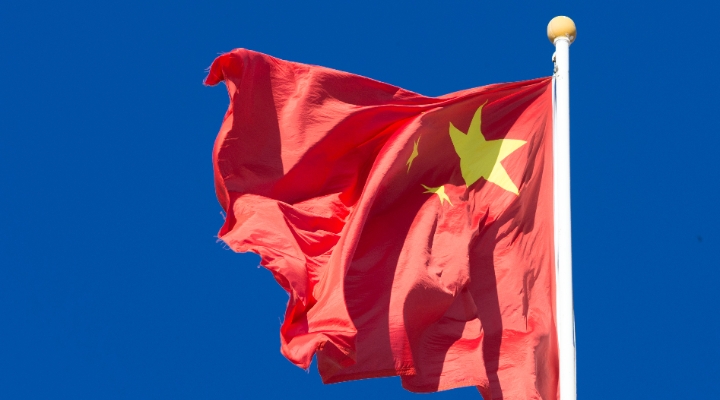
China markets had a promising start to the year after mainland China reopened its borders on January 8, before giving up almost all its gains. The Morningstar China Index rose to a peak of a 16.8% year-to-date gain, before sliding back to where it was at the beginning of 2023.
While market watchers believe the consumption recovery still has legs, and could ignite the next stock market recovery, all eyes are on the potential supportive measures to come out from the “Two Sessions.” The “Two Sessions” are annual meetings of the National People's Congress (NPC) and the Chinese People's Political Consultative Conference (CPPCC), which are China's top legislature and top political advisory body respectively. 2023’s Two Sessions will open in Beijing on March 4.
Premier Li Keqiang will deliver a government work report, the budget and targets for GDP, inflation, and fiscal deficit. The central government will also make appointments of new ministers,0 the central bank and other policymaking institutions, such as the macroeconomic management agency National Development and Reform Commission and the financial regulatory body, China Banking and Insurance Regulatory Commission.
How Much Growth Will be Targeted? Around 5%? Or At Least 5%?
According to fund managers, central government policymakers are likely to match a target of “around 5%” growth.
Large provincial governments have set GDP growth targets of at least 5%. The country’s manufacturing hubs, Guangdong and Jiangsu, have a target to grow at a pace of approximately 5%. Shanghai, the financial and commercial metropolitan that came under city-wide lockdown, wants to use the lever of consumption recovery to grow its GDP by at least 5.5%. Hainan, where the tropical tourist spot Sanya is situated, has set a more ambitious target of around 9.5%.
The magic number of 5% seems to be a consensus, though there are nuances that can’t be ignored.
Aninda Mitra, head of Asia macro and investment strategy at BNY Mellon Investment Management, says: “The language around the growth target is important to gauge how strongly the authorities are prioritizing a specific growth rate versus other objectives and considerations. ‘Around 5%’ or a seemingly more urgent ‘at least 5%’ will make a difference for the required quantity and quality of macro policy support, degree of regulatory easing, and market communication.” These will be communicated through the accompanying macro and regulatory policies, which will also be closely scrutinized by the markets.
Large Reforms and Fiscal Package Are Unlikely to Be on the Agenda. Yet.
The growth target-setting process comes after a large miss last year. For 2022, China reported a 3% GDP growth, its second slowest pace since 1976. The figure also missed the government’s growth target of “around 5.5%”.
Mitra thinks the misses will make this political event even more important than that of previous years. He says: “[The gatherings underscore] the importance of credibly nurturing the consumption-led re-opening impulse beyond a quarter or two and sustaining a rebound in business and market confidence.”
Other than growth estimates, the meetings will also deal with a twice-in-a-decade leadership transition and large-scale reshuffle of ministers, including at the finance ministry, the People’s Bank of China, and other regulatory agencies. He says: “This will complete the leadership changes at the Central Committee and the Politburo from the 20th Party Congress last October.”
David Chao, global market strategist, Asia Pacific (ex Japan) at Invesco, is also keeping a close eye on the cabinet reshuffle, and institutional reforms to overhaul government bodies, saying, “Based on official statements, these changes are expected to be announced during the second week of the National People’s Congress and we could see the creation of new “super” agencies to foster technology innovation and better coordinate and regulate the financial industry.”
However, both Chao and Mitra do not expect any economic structural reforms to be announced anytime soon. Mitra explains: “It is our belief that market participants will seek confirmation of a light-touch approach to, if not downright easing of, regulatory restrictions in the property and tech sectors, which is crucial for reviving business confidence.”
While the Consumer Story Has Legs, Fiscal and Regulatory Policies Will Help
Because of the accumulated deposits of Chinese households during the pandemic, Invesco’s Chao believes consumption is back, but he is watching to see the full extent to which these excess savings will be deployed.
“While we wait for further economic data, aggressive fiscal stimulus measures are unlikely to be announced as the consumption-led recovery still has legs,” he said. According to him, the country has reported encouraging high-frequency data – subway passenger volumes in the first two months are up 32% year-on-year while express deliveries rose 9.5% in February from a year back. Also, February’s hotel occupancy rate was the highest in 10 years.
Mitra also sees a modest global impulse from a consumption-led or services-driven upturn in China, but he thinks “strong support from fiscal and regulatory policies will help.”
As the global economy teeters on the brink of recession, and given the tightening in global financial conditions brought on by rising U.S. interest rates, Mitra suggests that: “Greater comfort with the quality of Chinese policies and conviction around a consumption-led demand upturn will set a floor beneath global growth risks.” He suggests that an active central government or central bank role and sizable regulatory easing should boost domestic growth and risk conditions, and help ease global financial conditions.
Can We Expect More Upside in China Stocks?
UBS Wealth Management forecasts a mid-teens upside through year-end as reopening beneficiaries have more room to run. China equities remain ‘most preferred’ in its Asia strategy.
“The improving data outlook and a conducive policy mix after the National People’s Congress will likely drive the next leg of the Chinese equity rally as attention turns from reopening to recovery,” Yifan Hu, regional CIO and head macroeconomics APAC at UBS Wealth Management and Eva Lee, the bank’s head CIO equities for greater China wrote.
In the bank’s estimates, the yearly earnings growth of MSCI China constituents should reach around 14%, far outpacing the 2% growth expected across Asia. Downward earnings revisions will likely soon find a floor before upgrades begin in the second quarter.
The bank believes those positive elements could help Chinese equities regain their footing after consolidating nearly 9% from their late January peak. Rather than a broad-based rally in the past months, the next phase will likely look “more gradual and fundamentally driven”. UBS Wealth expects beneficiaries from zero-COVID exit, such as names in the consumer, internet, transportation, capital goods, and material sectors, as well as select healthcare names, to continue to outperform in the coming months.
“With the low-hanging fruit already picked and earnings multiples bouncing back from trough levels, we focus on reopening and recovery beneficiaries for higher potential returns,” according to Hu and Lee. Now, investors will trade based on continued evidence of macroeconomic recovery, signs of earnings improvement and potential upward revisions in the second quarter.













.png)


.jpg)





